
Vines are a great way to add vertical interest to your ornamental flower beds, and native vines have the added benefit of supporting native insects. It sounds like a win-win, but vines can also be troublesome if planted in the wrong spot. The following four vining plants are native to the Southeast and thrive in a garden setting; plant them responsibly so they can be enjoyed for years to come.

Virgin’s bower
Clematis virginiana, Zones 3–9
This dense, twining climber grows in sun or shade and is useful as a screening plant for three seasons out of the year. Clouds of fragrant, small white flowers open to attract pollinators in late summer. This vine suckers and self-sows, so it’s best to give it ample space to stretch along a fence or arbor. It would look right at home in a cottage or wildlife garden. Virgin’s bower is a wonderful native alternative to the invasive, yet more popular, sweet autumn clematis (Clematis paniculata, Zones 4–9).

Coral honeysuckle
Lonicera sempervirens, Zones 4–9
The red-orange trumpet-shaped flowers of coral honeysuckle are a favorite of hummingbirds when they bloom in spring and then on and off for the rest of the season. Meanwhile, the leaves are a crucial food source to the caterpillars of the snowberry clearwing and hummingbird clearwing moths, two of the prettiest insects around. This is a spiraling climber that twines around structures rather than latching onto them. It often needs some help climbing when it’s young, but it will quickly cover its support with a growth rate of around 3 to 4 feet per year when planted in full sun. Although it is frequently mistaken for the fragrant and invasive Japanese honeysuckle (Lonicera japonica, Zones 4–9), coral honeysuckle has no noticeable smell.
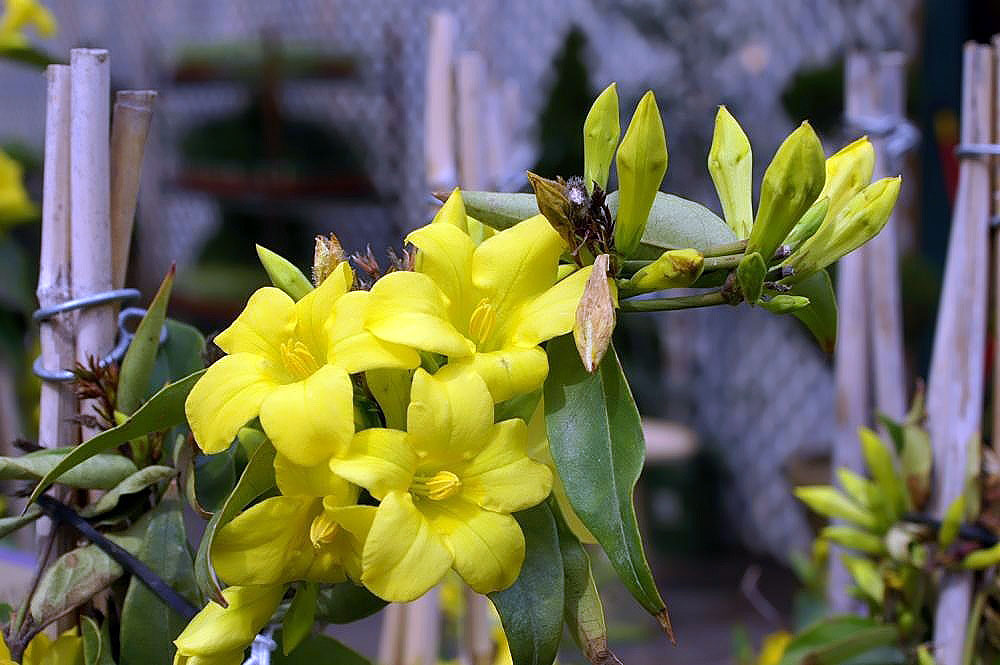
Yellow jessamine
Gelsemium sempervirens, Zones 7–10
Those who desire the color and fragrance of Japanese honeysuckle may find a friend in yellow jessamine instead. Also known as Carolina jessamine, this beauty is the state flower of South Carolina and grows with a twining habit rather than latching on. It is evergreen in warmer zones of the Southeast, although it is barely hardy in my area (Richmond, Virginia). My fellow Zone 7 gardeners will want to look for a variety called ‘Margarita’, which reliably overwinters in all but the zone’s most severe, unusually cold winters. Be mindful that this plant is toxic and can cause skin irritation for some people, so it should be handled with gloves. Yellow jessamine flowers best when planted in full sun.

Purple passionflower
Passiflora incarnata, Zones 5–9
While the blooms of this plant may look like they come from the tropics or possibly even a sci-fi film, purple passionflower is the hardiest species of its genus and is native to the Southeast. This vine is easily grown in full sun to partial shade, but if it gets too comfortable it can spread into unwanted areas via its massive root system. For this reason, it is best grown in a large container or in an area where a driveway or other hardscape will prevent its spread. It climbs via tendrils (similar to a grapevine or a pea plant) and responds very well to pruning if needed. Purple passionflower is the host plant of the gulf fritillary butterfly, and while I am too far north to have encountered them, I’ve spoken to a few gardeners in Florida over the years that claim their caterpillars have voracious appetites.
The positive impact that these vines have on pollinators and insects cannot be emphasized enough, but you’ll want to be wise when introducing them to your garden. Any vine, native or nonnative, can stunt the growth of a tree it is allowed to climb on. They can also quickly spread and overtake the trees at a forest’s edge, impacting the health of the overall forest. Vines should be planted against manmade supports and not near trees.
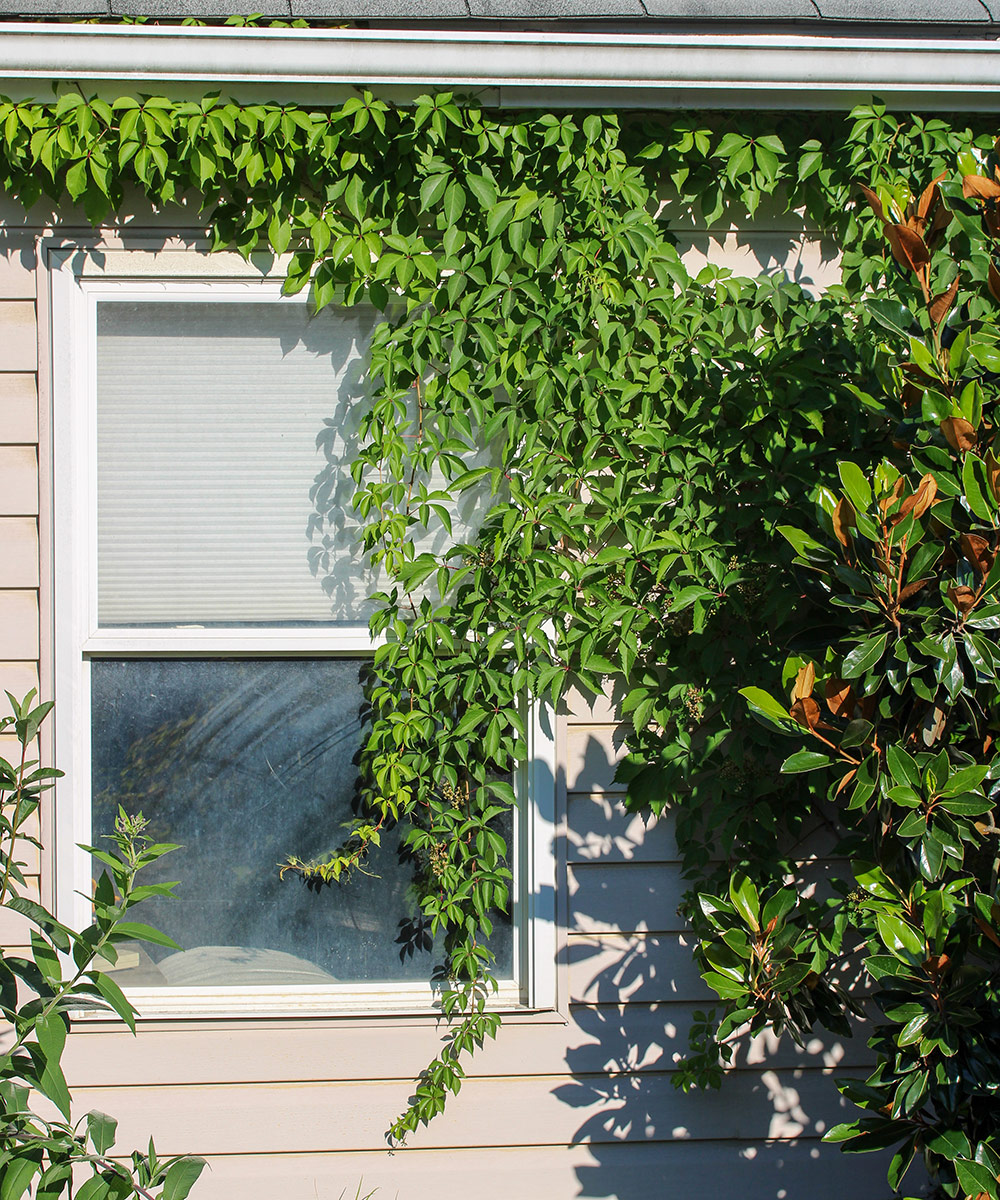
Additionally, while the native vines mentioned here do not attach to buildings or pry up siding, other vines, like Virginia creeper (Parthenocissus quinquefolia, Zones 3–9), may. Be sure to research each vine’s habit and plant it where it can thrive sustainably.
For more great Southeast native plants, check out:
- Great Native Plants for the Southeast
- Best Native Woodies for the South
- Native Alternatives to Invasive Plants in the Southeast
And for more Southeast regional reports, click here.
Cheyenne Wine is a writer and photographer for Rare Roots Nursery in Mechanicsville, Virginia.
Photos, unless otherwise noted: Cheyenne Wine


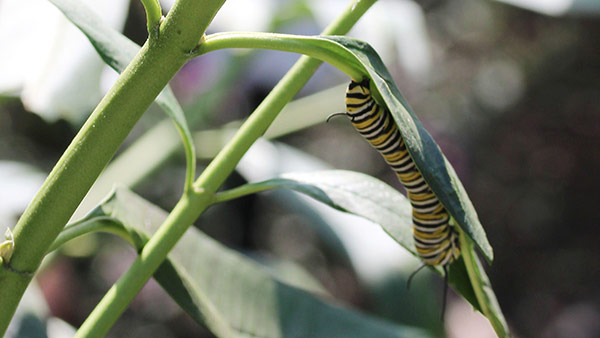
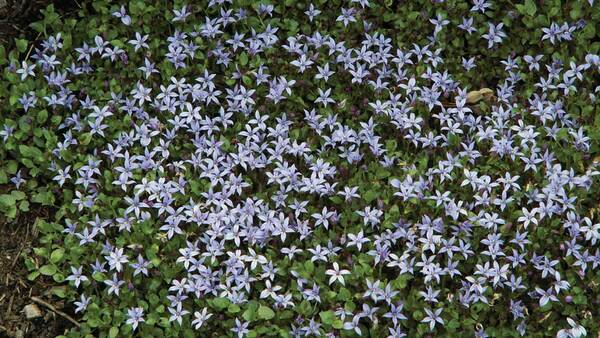
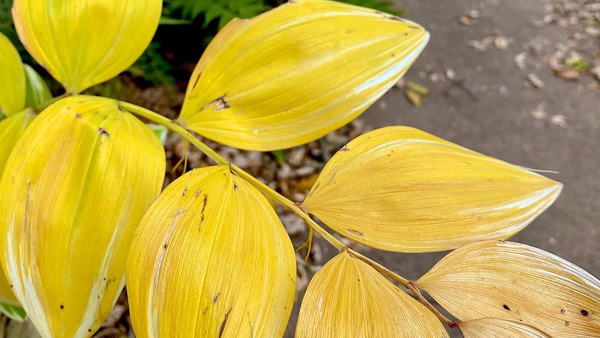













Comments
Log in or create an account to post a comment.
Sign up Log in